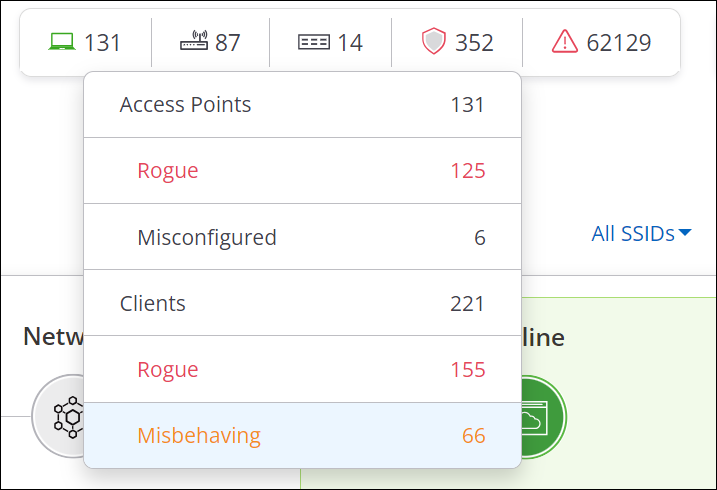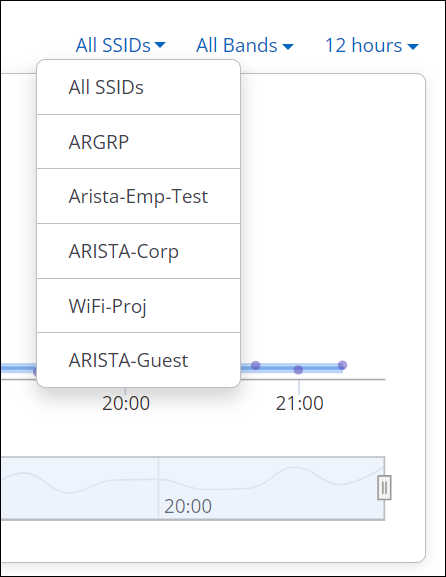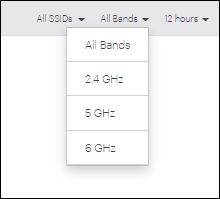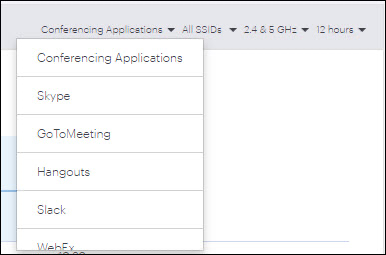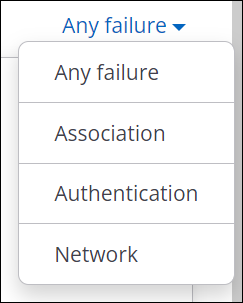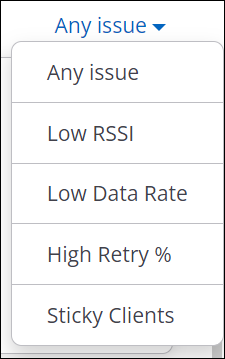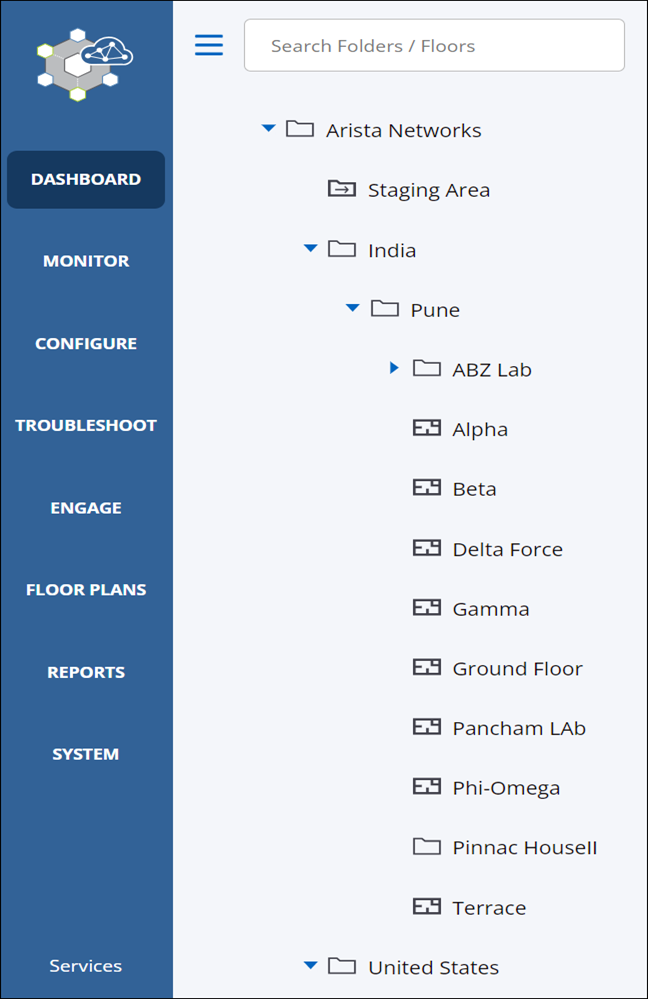What's New in this Release
This chapter describes features that are new in the 18.0 release of CloudVision Cognitive Unified Edge (CV-CUE).
Operations
LAN2 Port as Uplink Port
Access Points (AP) can also use LAN2, along with LAN1, as the Uplink Port. If LAN1 and LAN2 are connected and LAN1 fails to receive any packets, the AP can fail over to LAN2 as the Uplink Port and will continue to operate on the same uplink even if LAN1 is active again. The AP will switch to LAN1 again as the Uplink only when LAN2 is inactive or disabled.
AP Platforms Supporting this Feature: C-250/C-260, C-330, C-360, C-460, C-460E Series.
Customize SSID Attributes for Location Specific Overrides
Administrators can override certain attributes of an SSID at a child location without breaking the inheritance, so the entire SSID configuration remains the same except for the overridden attributes.
VLAN Pooling in SSID Settings
Network Administrators can define a VLAN Pool in SSID Settings, which is a list of VLAN IDs for Access Points (AP) to distribute to clients connecting to the SSID. VLAN Pooling offers better scalability and optimized load-balancing of traffic.
RADIUS Pooling in SSID Settings
RADIUS Pooling lets Network Administrators assign a pre-defined list of RADIUS Servers that Access Points (AP) can use to authenticate, authorize, and maintain clients' accounts. It offers better load-balancing capabilities and improved scalability.
Reject Clients Using Locally Administered MAC Addresses
Network Administrators can prevent clients that use locally administered MAC addresses from accessing your network. This feature ensures that only clients that use their device’s globally unique MAC addresses can connect to the network.
On-Demand Transmit Power Control and Auto-Channel Selection
Network Administrators can start the Auto-Channel Selection (ACS) Mode and Transmit Power Control (TPC) Mode for a radio on demand. In ACS Mode, the Access Point (AP) scans the network to select the best channel. In Auto-TPC Mode, the AP automatically adjusts its transmit power to minimize interference with neighboring Arista APs.
Monitoring and Troubleshooting
Timer-Based Window to Onboard Access Points After Changing the Communication Key
When Network Administrators change the AP-Server Communication Key, some APs may fail to connect to the server. Administrators can enable the onboarding window from CV-CUE and allow such APs to connect using the Default Key or the Old Key.
Third-Party Integrations
Google Chat and Microsoft Teams Webhook for Feed
Along with Slack, Network Administrators can configure Google Chat and Microsoft Teams Webhook to receive alerts whenever a network issue or anomaly is detected.
Forward Client DHCP Packets to Destination Servers
Send a copy of DHCP Packets from Access Points (AP) to Network Access Control (NAC) solutions for profiling clients and assigning appropriate network segments.



